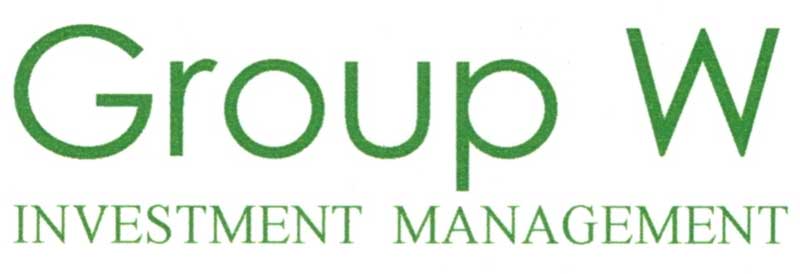Patience is a Virtue with Value
Submitted by Group W - Investment Management on October 7th, 2019Well, we’ve had another quarter of steady gains in the U.S. equity markets. The S&P 500 Index increased 1.2% during the quarter and is up 18.7% so far this year – the best three-quarter performance since 1997.

